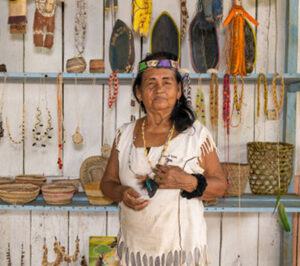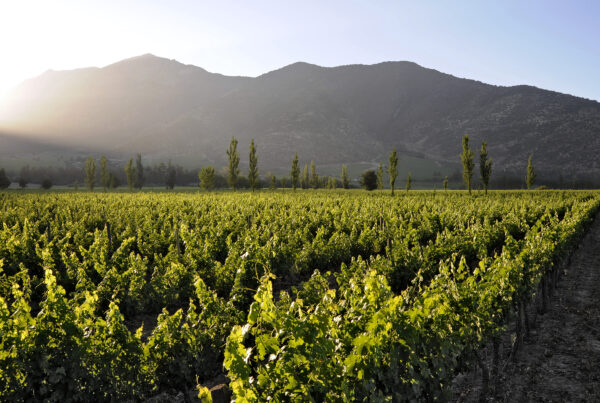The national tourist board has created four new tourism routes that revolve around traditional arts and crafts in cities, towns, and villages across the country.
Cauca Heritage Trail
A journey through Popayán, Timbío, Tunía, Piendamó and Silvia that reveals how the local indigenous people have perfected silkworm weaving, woodworking, stonemasonry and forging. For those with a sweet tooth, this trail allows your tongue to embark on an exquisite journey where words like carantanta, aplanchaditos, chulquín or pipián become part of your vocabulary.
Tolima Ceramic Route
A journey through Ibagué, El Guamo and La Chamba that revolves around the craftsmanship that goes into making traditional La Chamba pots: those monumental black clay containers on which Colombians have enjoyed their typical dishes for so long. This route pays homage to this pottery tradition, introducing you to some of the most skillful and original masters.
Magdalena Route
A journey through the indigenous lands of Busingueka, Kutunsama and Naara Kajmanta, as well as Ciénaga and Pueblo Viejo. Filled with the traditions and the ethnic cosmogony of the Arhuacos, Wiwa and Kogui — indigenous peoples who live in the Sierra Nevada de Santa Marta National Natural Park — this journey is designed for those seeking a spiritual immersion in a landscape considered sacred by its inhabitants.
Eje Cafetero Coffee Trail
A journey through Manizales, Salamina and Aguadas. In 2011, UNESCO declared Colombia’s coffee culture an essential heritage to be preserved and witnessed. Seeing the region’s hillsides covered in every shade of green imaginable — many of them planted with world-famous coffee plants— is enough to understand why it has received such a pretigious honor.





